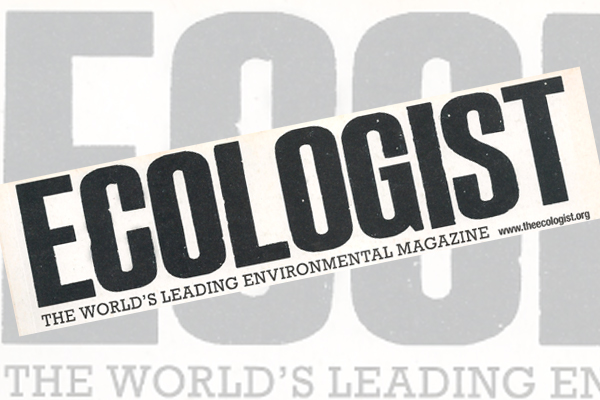DDT – it’s big, its bad and its back

The dovetailing of industrial, commercial and scientific worlds often turns up interesting interpretations of the old adage ‘waste not want not’.
Sometimes these involve novel new uses for compounds so toxic that they have to be given new names in order to sell them to the public. Witness the rise in popular use of the potent neurotoxin botulinum to prevent wrinkles. Rename it ‘Botox’ and most people won’t even bother to ask what’s in it.
Given to women in the late 50s early 60’s as a treatment for morning sickness, Thalidomide conjures up tragic images of babies born with shortened or missing arms and legs. But the FDA has o approved its re-entry into the marketplace to treat leprosy and the rare bone cancer multiple myeloma. If manufacturers get their way it will soon be used as an anti-inflammatory and in the treatment of heart disease.
Now, 30 years after it was banned due to its extreme toxicity, we are about to bring back the toxic pesticide dichlorodiphenyltrichloroethane – DDT to you and me.
The World Health Organization says that DDT is still the best say to kill mosquitoes and thus slow the rampant spread of malaria throughout the world. It’s a classic example of modern society laying the foundations for a huge health problem – through industrialisation, climate change, increased population, international travel and the shipment of goods across the globe – and then applying a quick fix ‘solution’ that pays lips service to the problem without ever addressing its root cause.
Medical and scientific journals are rife with studies showing that mosquitoes throughout the developing world are now increasingly resistant to DDT. Thus its effectiveness is limited and its reintroduction will not accomplish the intended public health goals.
Instead they will create a public health disaster. Let’s recap why this pesticide is a bad thing. DDT is a persistent environmental toxin and a slow motion poison. It’s worst effects are unlikely to show up in the short-term laboratory studies that predominate in the medical literature.
What is known is that in humans and in animals DDT damages the nervous system, liver, kidneys, and immune systems. Increased tumour production in the liver and lung has been observed in test animals and in humans it has been linked to pancreatic cancer.
Breastfeeding mothers who have high amounts of DDT in their breastmilk are unable to make as much milk and thus unable to feed their babies for as long as women who are not carrying this poison in their bodies. Most recently exposure in the womb to background (i.e. everyday, low-level) concentrations of DDT results in children with impaired neurodevelopment (i.e. slow learners and slow developers).
All of our climate change chickens are now coming home to roost, and certainly nobody ever lost money underestimating the gullibility and complacency of the public, but does anyone really expect that poisoning ourselves (again), out of panic or deep seated guilt about the mess we’ve made of the world, is really going to make things better?
- This blog first appeared as part of a short lived series on the Ecologist website in September 2006. It is no longer available online.












